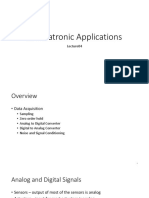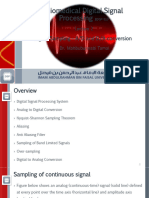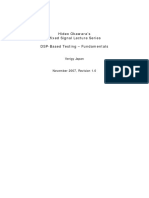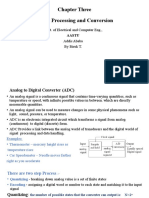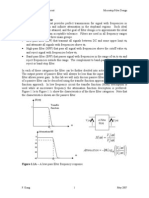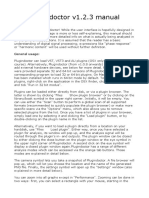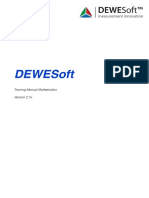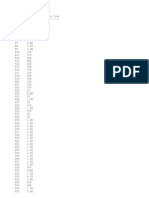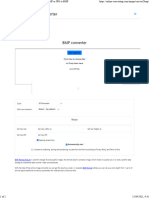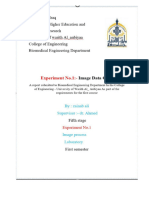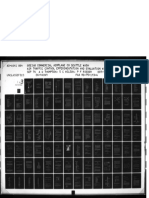100% found this document useful (1 vote)
68 views106 pagesDigital Signal Processing Basics
This document discusses digital signal processing and analog-to-digital conversion. It covers topics such as discrete Fourier transforms, digital filters, data acquisition, signal conditioning, analog-to-digital converters, digital-to-analog converters, sampling theory, quantization, quantization noise, and anti-aliasing filters. The key aspects of analog-to-digital conversion are sampling the analog signal, quantizing it to discrete levels, which introduces quantization error and noise, and filtering to avoid aliasing during sampling.
Uploaded by
chanduCopyright
© © All Rights Reserved
We take content rights seriously. If you suspect this is your content, claim it here.
Available Formats
Download as PDF, TXT or read online on Scribd
100% found this document useful (1 vote)
68 views106 pagesDigital Signal Processing Basics
This document discusses digital signal processing and analog-to-digital conversion. It covers topics such as discrete Fourier transforms, digital filters, data acquisition, signal conditioning, analog-to-digital converters, digital-to-analog converters, sampling theory, quantization, quantization noise, and anti-aliasing filters. The key aspects of analog-to-digital conversion are sampling the analog signal, quantizing it to discrete levels, which introduces quantization error and noise, and filtering to avoid aliasing during sampling.
Uploaded by
chanduCopyright
© © All Rights Reserved
We take content rights seriously. If you suspect this is your content, claim it here.
Available Formats
Download as PDF, TXT or read online on Scribd
/ 106

























